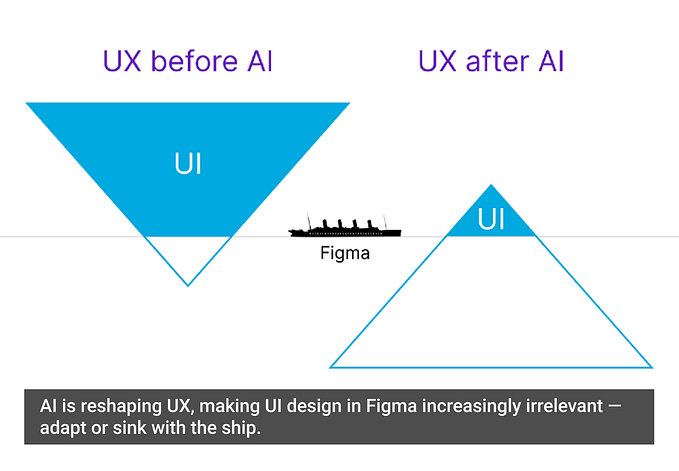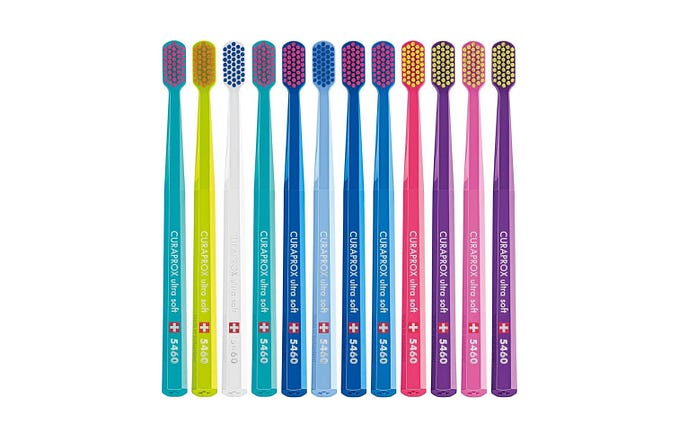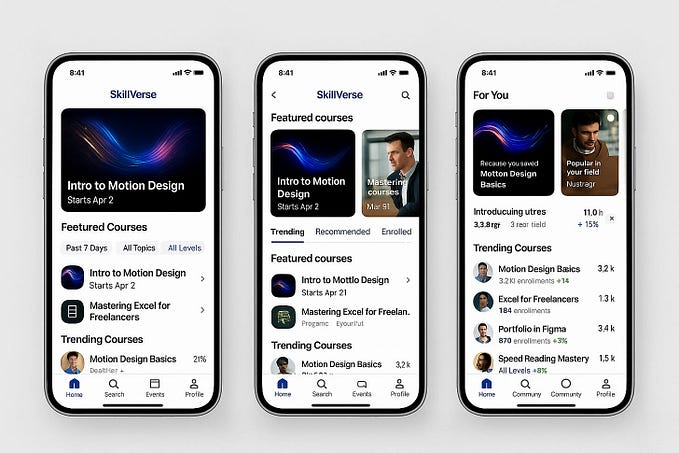Member-only story
How user empathy can make even bar charts more insightful
The two-word data visualization revolution that changed the way I think about bar charts

Bar charts are the most common, least problematic, and usually dullest data visualization solution.
They’re usually suitable for nearly every situation: their visual cues support any data and context. You’ve probably seen a bar chart this week or generated one if you’re working with data.
You also probably forgot about it until I reminded you.
Visually, there’s nothing problematic about bar charts: they are accurate and standardized charts used to compare between different categories. But because bar charts are assumed to be “the default chart”, sometimes they’re generated without thinking. And without any thought put into the message you’re trying to tell, then the information is dead on arrival.
To understand this, first, we have to think about why bar charts are the way they are.
The tragedy of the common chart
The reason bar charts are so common is mainly based on three reasons:
- Comparison is at the heart of quantitative thinking
- Length is one of the most accurate visual cues
- There are no specified use cases for bar charts
Quantitative thinking and comparison
Edward Tufte, a data visualization pioneer, has said that for data graphics to be both truthful and revealing, they have to answer the question at the heart of quantitative thinking: “Compared to what?”
If I showed you something like this and asked if this was a good or bad result, would you be able to tell me? No. Without something to compare it to, you don’t have the proper context to determine something like that.
To determine if you’re doing well, you need to see how this individual piece of data stacks up when compared to something else.
To do this, we use visual cues paired with data. And bar charts happen to use one of the most straightforward visual cues to see at a glance.







